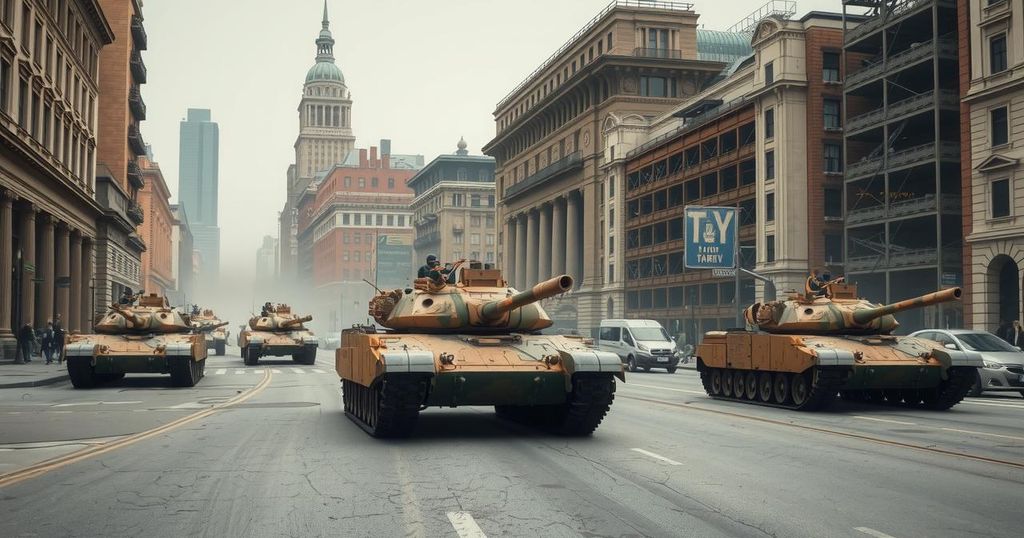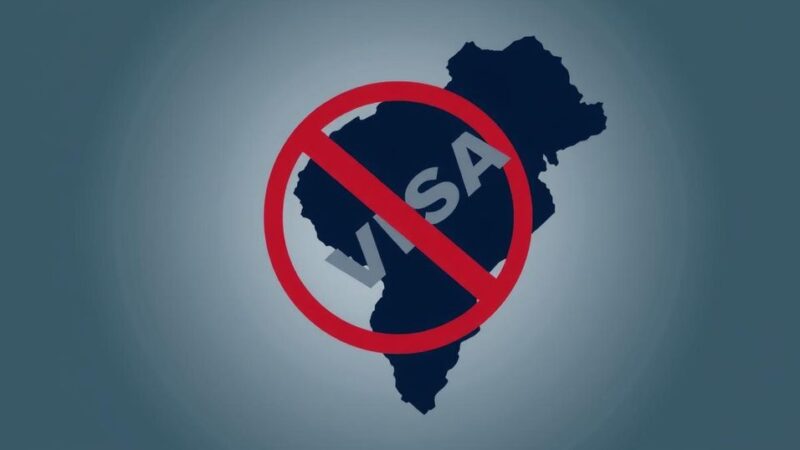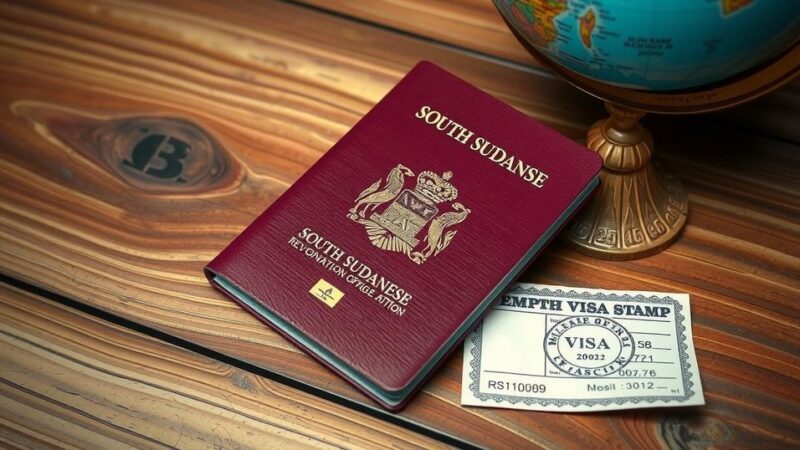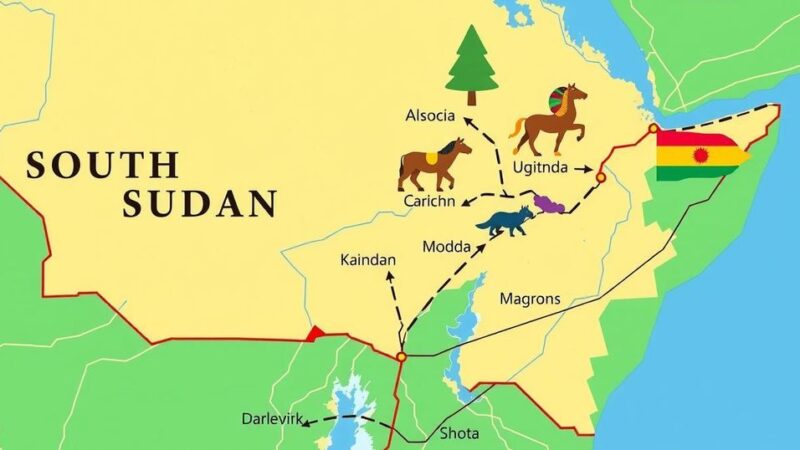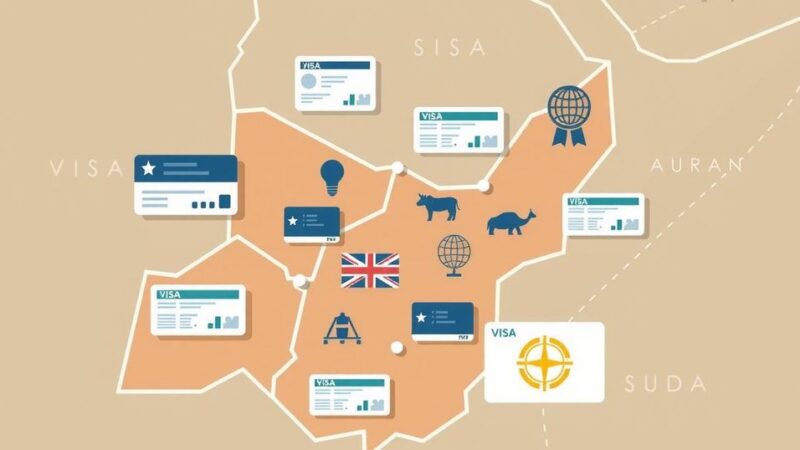The Sudanese military has recaptured central Khartoum’s key buildings, including the presidential palace, while declaring ongoing operations against the RSF. Despite these advancements, the country remains divided, and recent violence in Darfur underscores the conflict’s complexity. Analysts note that military success does not guarantee an end to hostilities, as thousands have already been displaced and killed.
On Saturday, Sudan’s military reported the recapture of several key buildings in central Khartoum from paramilitary forces, following the army’s successful retaking of the presidential palace. Army Chief Abdel Fattah al-Burhan declared a commitment to “full liberation,” with Army Spokesman Nabil Abdallah stating operations against the Rapid Support Forces (RSF) would continue, highlighting the Central Bank and the Sudan National Museum among recaptured sites.
Despite these advances, the country remains effectively divided, with the army controlling the eastern and northern regions while the RSF maintains dominance over much of Darfur and parts of southern Sudan. Activists reported that a paramilitary assault in North Darfur state resulted in numerous civilian fatalities, underscoring the ongoing violence far from the capital.
Initially, Sudan’s national institutions in central Khartoum were looted by paramilitary forces following the outbreak of hostilities in April 2023. An RSF insider acknowledged some withdrawals from central Khartoum but emphasized that the conflict is ongoing, particularly around the damaged airport area.
The army’s recent recapture of the presidential palace—previously used by RSF for elite forces and ammunition storage—occurred amidst escalated conflict. On the same day, the RSF retaliated with a drone attack that resulted in several deaths, including members of a Sudanese TV crew.
The battle for the city center is pivotal, potentially reinforcing the military’s grip on the capital but unlikely to bring a conclusion to the conflict. The army’s recent advances have secured strategic positions along the Blue Nile and White Nile, enhancing its control over vital transportation routes.
Since the onset of fighting in April 2023, the military enforcement, led by al-Burhan, has been engaged in fierce combat against the RSF, commanded by his former deputy, Mohamed Hamdan Daglo. Recent military successes have shifted the balance, highlighting the challenging dynamics of the ongoing conflict.
In a public address, al-Burhan assured that the army is making “steady steps” towards liberating Sudan, while he reminded that the battle has not concluded. Reports indicate RSF forces have fortified their positions in al-Mogran, highlighting the ongoing resistance.
Moreover, analysts express caution that even with potential complete military control of greater Khartoum, the war may persist, having already resulted in immense human suffering and displacement. As the army gains ground, RSF remains focused on consolidating its influence in Darfur amid increased assaults on their supply lines from Libya. Recent reports confirmed tragic civilian casualties from paramilitary actions in North Darfur, reflecting the conflict’s severity beyond Khartoum.
In conclusion, the Sudanese military continues to make significant advances in central Khartoum, having recently regained control of key governmental buildings and the presidential palace. However, the nation remains fragmented, with the RSF still controlling vast territories. Ongoing violence, particularly in Darfur, highlights the complexity and multifaceted nature of the conflict, indicating that while military progress may occur, an overall resolution appears distant. The situation remains critical, necessitating careful observation of developments in both Khartoum and Darfur.
Original Source: www.kulr8.com
